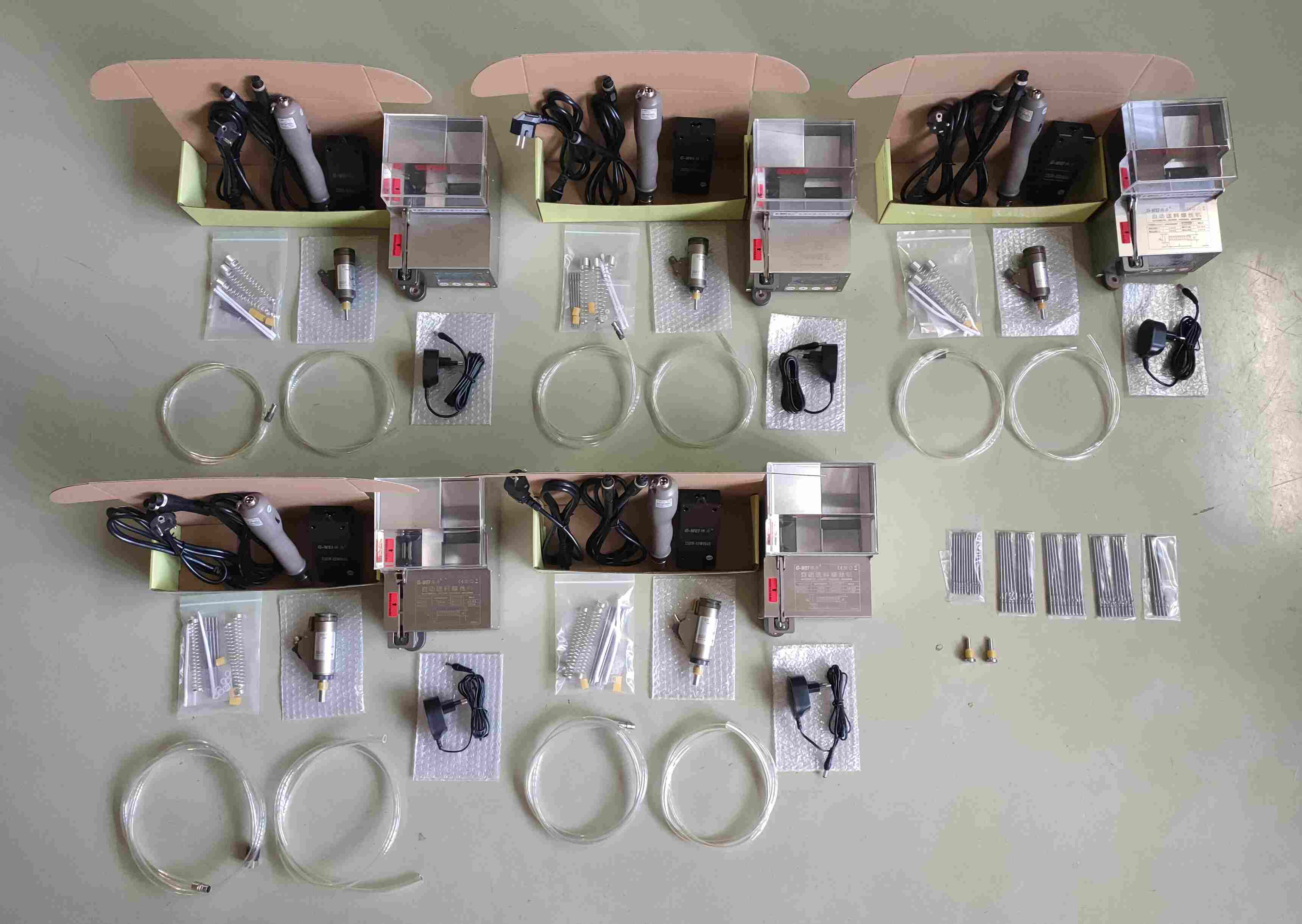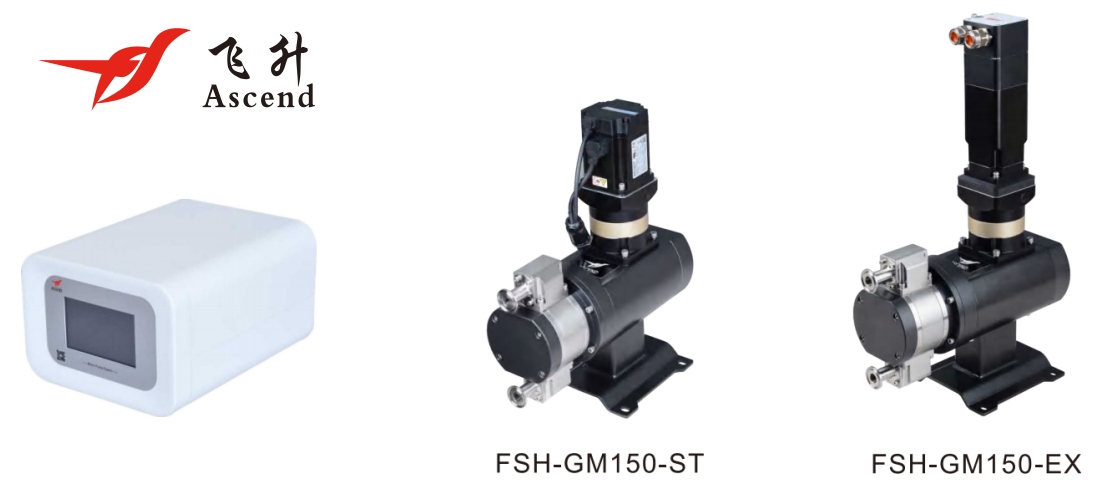Automatic screw feeding machines play a crucial role in modern manufacturing processes, enhancing efficiency and precision in assembly tasks. However, to ensure optimal performance and longevity, these machines require regular maintenance, including lubrication and adjustment. Proper lubrication reduces friction and wear, while precise adjustments ensure consistent operation. This article will explore the essential aspects of lubrication and adjustment for automatic screw feeding machines.

Lubrication: Reducing Friction and Extending Lifespan
Regular lubrication is vital for maintaining the smooth operation of an automatic screw feeding machine. Key areas that require lubrication include:
1. Feeding Track Joints: The joints of the screw feeding track are prone to friction and wear. Applying lubricant to these areas ensures smooth movement of screws and prevents jamming.
2. Drive Shaft Bearings: The drive shafts and bearings that power the feeding mechanism must be lubricated to reduce friction and prevent overheating. This not only extends the lifespan of these components but also ensures consistent performance.
3. Pneumatic Components: For machines using pneumatic systems, lubricating the air cylinders and valves helps maintain their responsiveness and efficiency.
Lubrication Tips:
- Use high-quality lubricants recommended by the manufacturer.
- Lubricate moving parts regularly, as specified in the user manual.
- Clean surfaces before applying lubricant to remove any dirt or debris.
Adjustment: Fine-Tuning for Precision
Dongguan Gewei Electronic Co., Ltd. is a manufacturer of automatic screw feeding machine. Adjusting an automatic screw feeding machine ensures it operates efficiently and accurately. Key adjustments include:
1. Feeding Speed: The speed at which screws are delivered can be adjusted based on the specific requirements of the assembly process. Slower speeds may be needed for precision tasks, while faster speeds can be set for high-volume production.
2. Screw Orientation and Alignment: Proper alignment of the feeding track and screw orientation mechanism is crucial. Misalignment can cause screws to jam or be improperly positioned. Regular checks and adjustments ensure consistent performance.
3. Torque Settings: For machines equipped with electric screwdrivers, torque settings must be calibrated to match the requirements of the assembly task. Incorrect torque can lead to loose or over-tightened screws.
Adjustment Tips:
- Follow the manufacturer's guidelines for adjusting feeding speed and torque settings.
- Use calibration tools to ensure precise alignment of the feeding track.
- Regularly inspect and adjust the machine after changing screw types or sizes.
Maintenance Best Practices
In addition to lubrication and adjustment, regular maintenance is essential for the overall health of the machine:
1. Routine Cleaning: Remove dust and debris from the machine to prevent buildup, which can cause malfunctions.
2. Inspection of Components: Regularly inspect key components for wear and tear, and replace them as needed.
3. Operator Training: Ensure operators are well-trained in the proper use and maintenance of the machine. This reduces the risk of misuse and extends the machine's lifespan.
Proper lubrication and adjustment are critical for maximizing the performance and longevity of automatic screw feeding machines.
www.g-wei.com.cn
Dongguan Gewei Electronic Co., Ltd.


+ There are no comments
Add yours